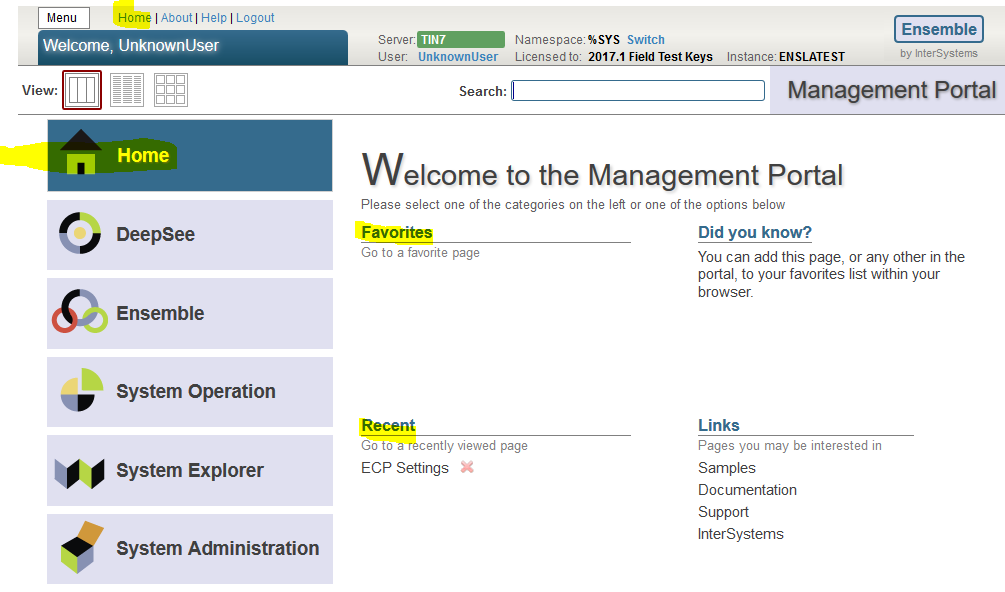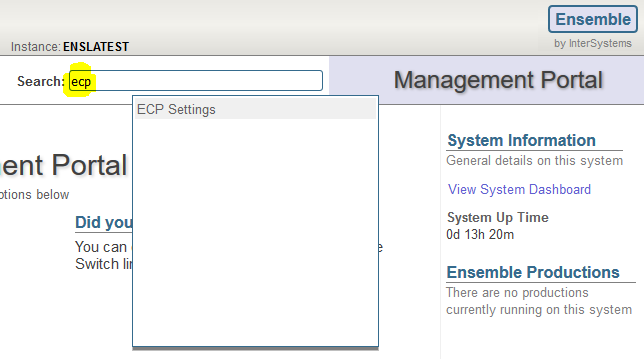Until recently I didn't pay much attention to Portal's home page:

If it's not showing when you initially launch Portal you can easily jump to it using the button / tab at the top of the left-hand column of options. And later during your session, get there via the Home link that will be visible at the top of every page.
On the Home page the "Recent" section is automatically maintained for you.




 , here's a poll for Ensemble users.
, here's a poll for Ensemble users.